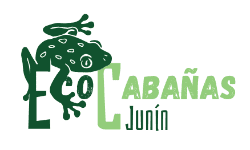Eco Cabañas Junín
Meaningful Tourism in Ecuador's Intag ValleyWe are Community Owned & Operated
Located in Ecuador’s secluded Intag Valley, Eco Cabañas Junín offers comfortable lodging near virgin cloud forest teeming with animal tracks, lush with flora, and alive with birdsong.
Our community tourism cooperative has provided economic alternatives to open-pit mining and unsustainable farming practices since 1998. Your visit makes a difference to our lives.

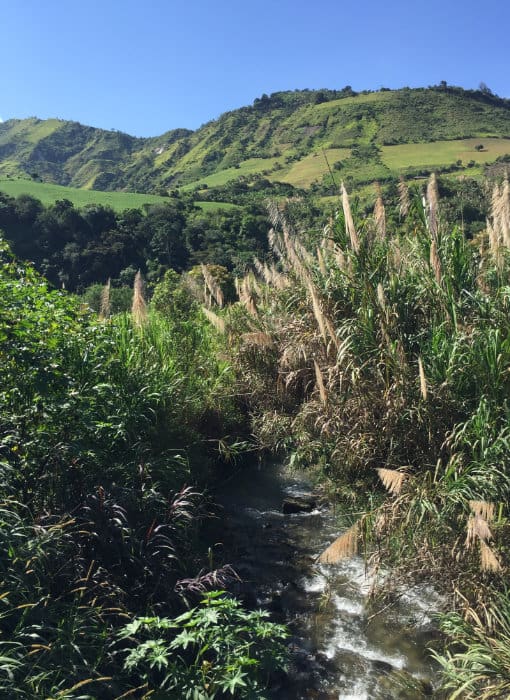
Rich Biodiversity
With over 400 species of birds, orchids beyond count, “extinct” frogs, & mammals like the Andean Bear, our corner of the Intag Valley is rich in biodiversity.
Continuous Resistance
For 30 years, we have fought to keep our lands free of open-pit mining. Our community reserve comes as a result of persistent resistance.
Year-Round Activities
Junín offers the adventurous traveler year round activities. Each season provides unique opportunities to connect with nature and embrace local traditions.
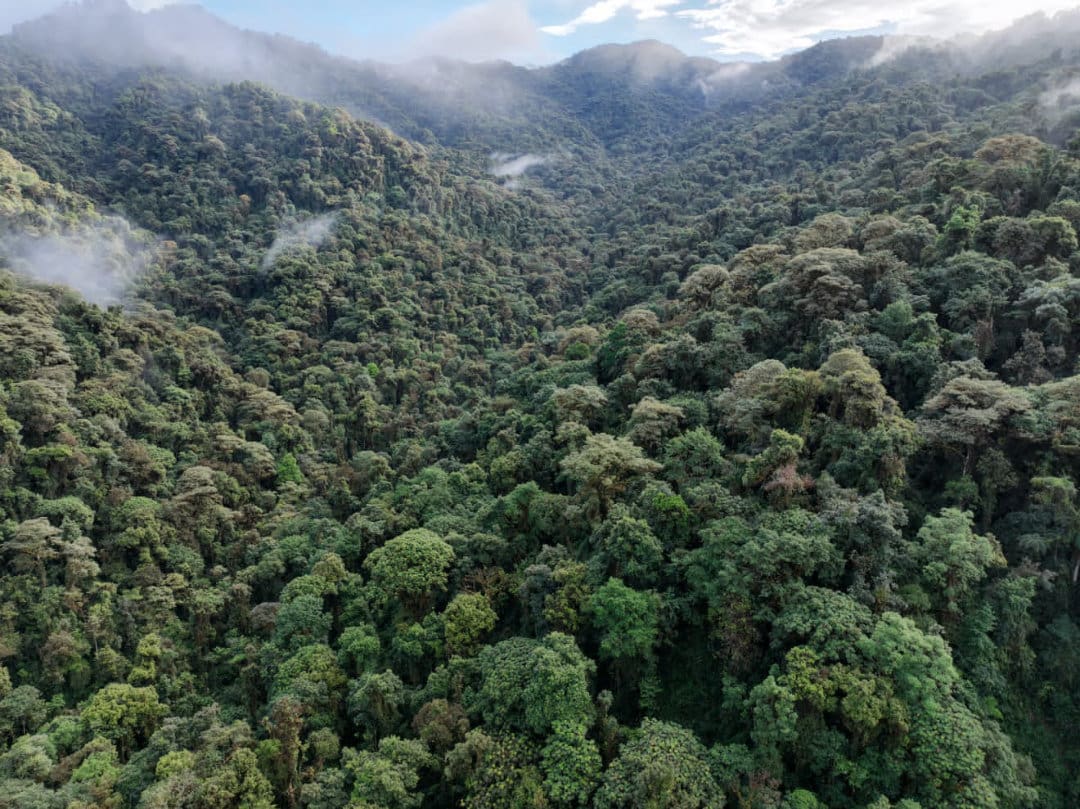
Activities at Eco Cabañas Junín
Embrace Nature
Our hiking trails range from easy to strenuous and offer adventure-minded travelers ample opportunities to connect with nature. Some highlights of our community include our natural bathing pools (los bados) and awe-inspiring waterfalls (las cascadas).
Eco Cabañas Junín offers unparalleled opportunities for tourists with a keen appreciation for birds, frogs, butterflies, and orchids. Our local guides especially enjoy birdwatching and herping with inquisitive guests.
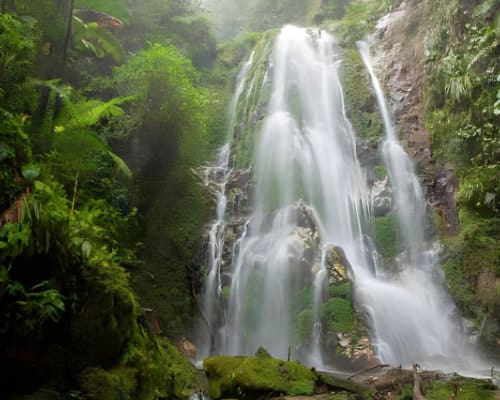
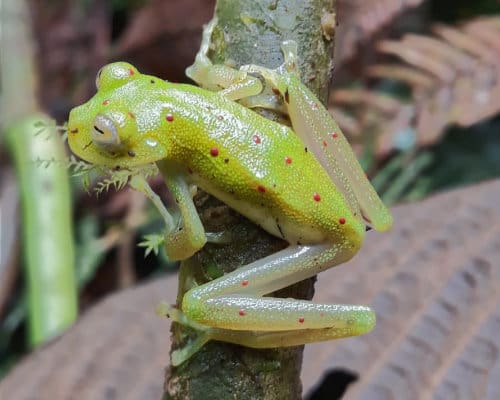
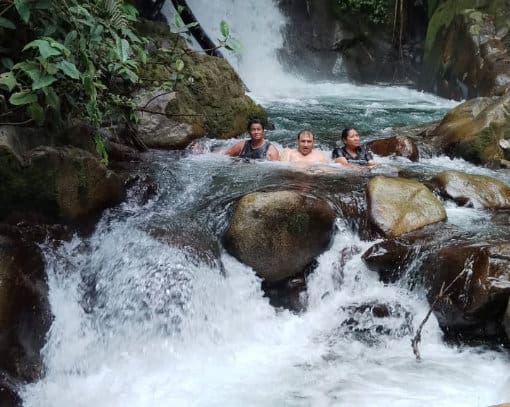
Embrace Culture
Participate in the coffee harvest alongside local farmers or tour a Coffee Plantation and learn how really great coffee is grown.
Learn the multitude of ways Junin’s two women’s cooperatives, Asociación de Producción Alimenticia Defensoras de la Vida and Yogur del Bueno, use local ingredients to strengthen their communities through the production of 100% natural yogurt, chifles (plantain chips), and plantain flour.
Taste sugar cane in all its forms, from panela (brown sugar) to trago (spirits), on a visit to a traditional trapiche.



Embrace Resistance
Witness the community’s proactive approach to water quality monitoring and explore key sites directly affected by mining.
Engage in an insightful conversation with Marcia Ramírez, delving into the community’s steadfast, 30-year resistance against mining and the pivotal role of ecotourism.
Listen firsthand to the pressing concerns voiced by community members. Stand in solidarity by actively supporting their ongoing efforts to safeguard their community and their primary forest against the encroachment of mining activities.


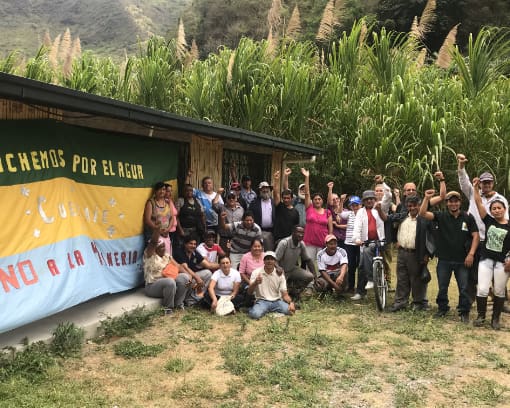
Embrace History
Embark on a journey through the rich history of the Yumbo, the inhabitants of the region from approximately 800 AD until the post-colonial era.
Traverse diverse landscapes as you hike to several ancient burial grounds (tolas), awaiting exploration by archaeologists.
Appreciate the community’s remarkable assortment of pre-Columbian artifacts, showcasing a vibrant tapestry of the region’s cultural heritage.
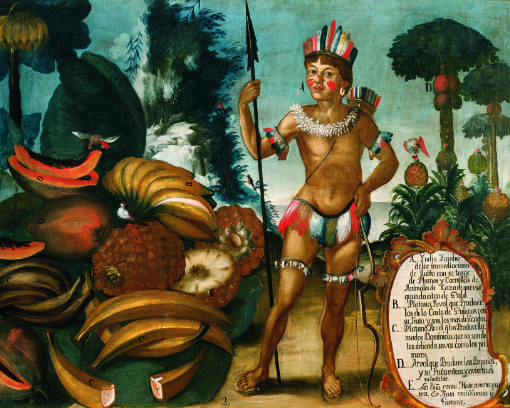
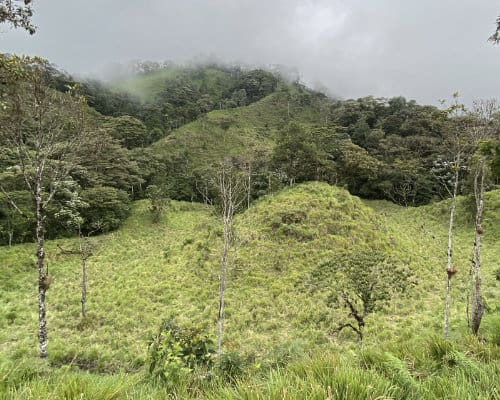
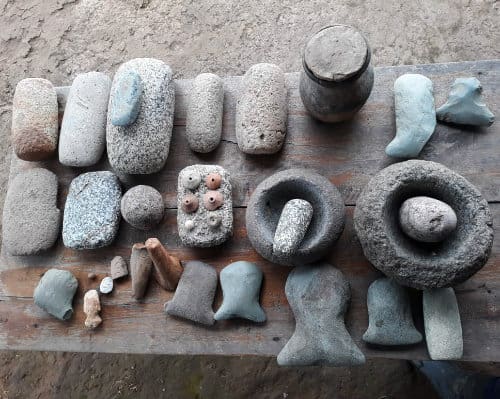
Lodging at Eco Cabañas Junín
The Lodge
We built our lodge using local materials and designed it to accommodate groups of all sizes. We offer one private room for 1-2 visitors and several additional rooms that sleep four or more.
Our open-air dining room is protected from the rain, allowing for views into the surrounding landscape.
Our small library includes many nature and birding guides, scientific studies of local ecology, information about the surrounding area, and a few books and games for those moments of relaxation.
We also have communal spaces that allow for relaxing in hammocks, yoga, meditation, and community meetings.
Ammentities include hot showers, electricity in all rooms, and wifi throughout the lodge.
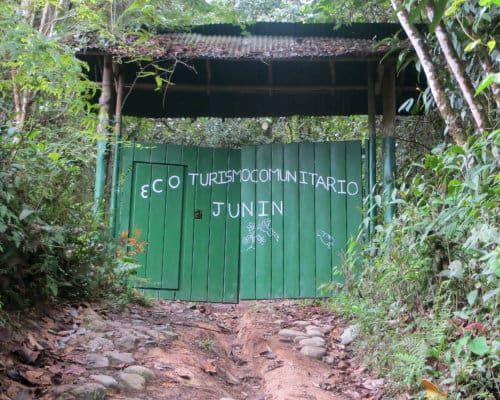
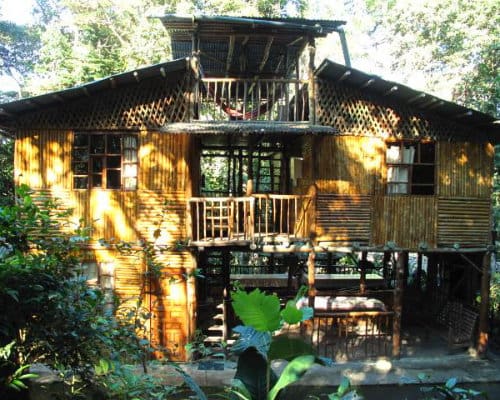

Accommodations
On the ground floor, we have a room that sleeps two in a double bed and another room that sleeps 4-5 individuals in a combination of twin and bunkbeds.
On the second floor, we have 4 dormitory-style bedrooms, each sleeping 4-5 individuals in a combination of twin and bunk beds.
In total, we can accommodate 28 visitors in a combination of dormitories and rooms. All visitors share our three communal bathrooms on the ground floor.
Our third floor is reserved for wildlife observation and the hammocks, a wonderful place to relax.
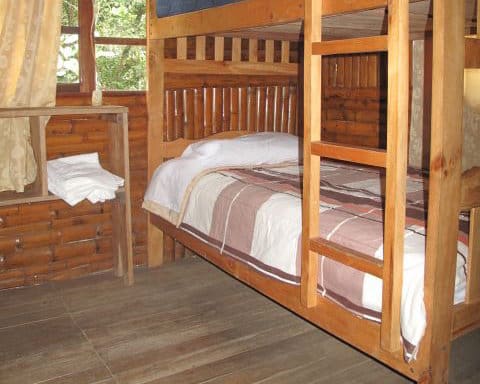


Meals
Your stay includes three meals a day starting with a filling breakfast that can include freshly made coffee, juice, eggs, fresh fruit, and bread, plantains, or yuca.
Lunch is our biggest meal of the day and dinner is slightly smaller but still enough for those with hearty appetites. We prepare “comida típica” which are local dishes common to our region. We always serve dessert after dinner.
All meals are made with local ingredients, supporting our community’s farmers and shop owners.
If you have dietary restrictions, please let us know in advance so that we can plan accordingly.


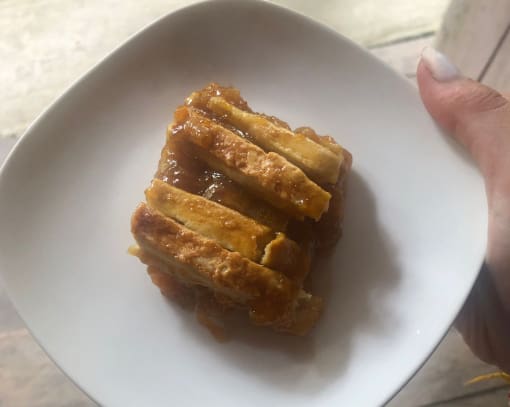
Testimonials
Our former guests are the best measure of our success.
The Eco-Cabanas Junin guesthouse, located in the cloud forest of Intag Valley in Ecuador, is a haven of peace in the heart of the enchanting nature of the region. Surrounded by a unique forest and exceptional biodiversity, it is managed entirely by the local communities of Junin and Chalguayacu through an association that redistributes the benefits to its member families.
This project, designed as a sustainable economic alternative, also aims to inform and raise awareness of the importance of local ecosystems and traditions threatened by a mega-mine of copper.
In addition to the lodging and the full board, local guides will take you to the discovery of the forest and its waterfalls, traditional farms and stunning landscapes on the misty mountains of the Intag Valley, just a few hours away from Quito or Otavalo.
I stayed at the Cabanas EcoJunin for three nights this past summer and had a fantastic experience! The facilities were clean, well maintained, and comfortable. We were served three meals per day during our stay — the food was consistently good and freshly prepared for every meal. The hospitality was 10/10 and I would love to come back here sometime soon!
A spectacular place… I recommend it.
Request a Reservation
Please open this toggle to access our reservation form:
About Eco Cabañas Junín
Who We Are
Our community tourism organization is made up of two communities: Junín and Chalguayacu Alto. Together, we work to provide the best tourism experiences in the region.
Our 40 members share responsibilities from preparing meals to making bed, guiding tours to clearing trails, posting on social media to taking reservations. We do everything it takes to make tourism work for our community.
Each and every one of us welcome you to visit our retreat in the cloudforest!
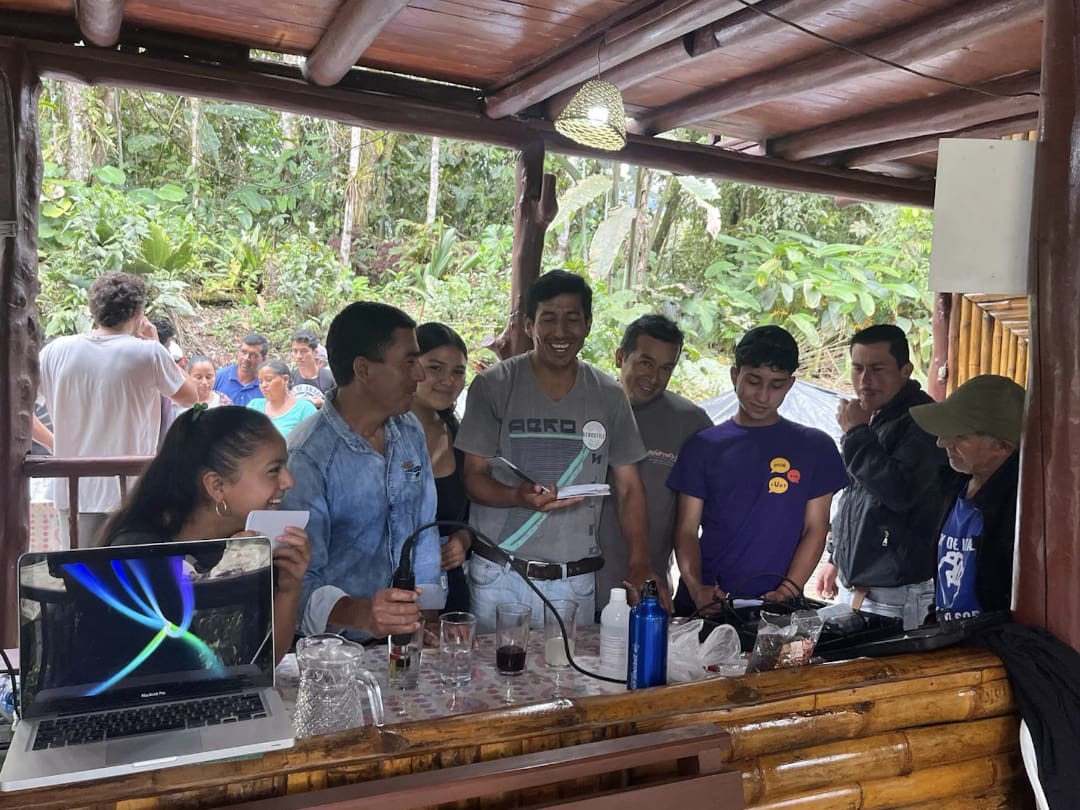
Video about the Intag Valley
Frequently Asked Questions
Why should I visit Eco Cabañas Junín?
If you want to support community tourism that makes a difference, then visit our Eco Cabañas! Your trip directly supports families looking to offer their children a vibrant future and a healthy eco-system.
Where are we located?
We are located in the Intag Valley, Parroquia Garcia Moreno, Cantón Cotacachi, Imbabura Province, Ecuador. We are about 3.5 hours from Otavalo and Cotacachi, 3 hours from Ibarra, and 4 hours from Quito via Nanegalito.
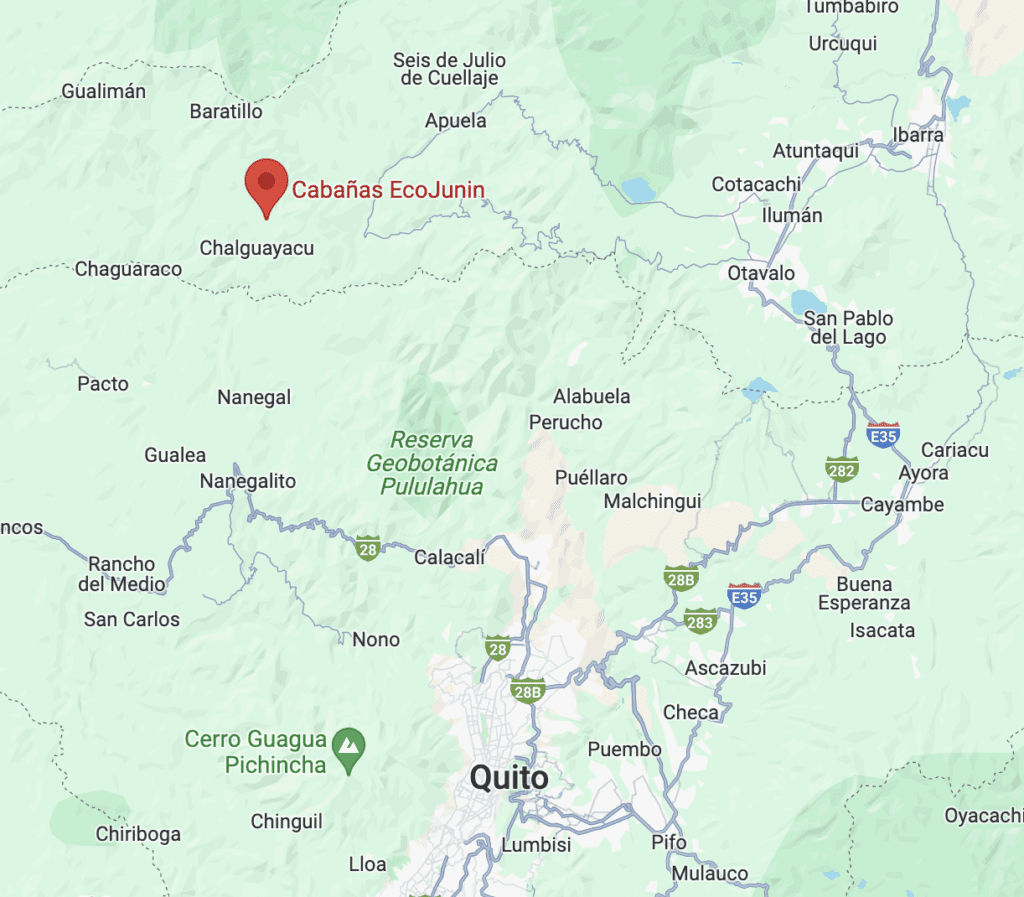
Location of Eco Cabañas Junin, Intag Valley, Imbabura, Ecuador
How can I get to Eco Cabañas Junin?
There are several ways to arrive to Junín.
By Bus
The best way to arrive from Quito is to take the San José de Minas bus from Terminal la Ofelia in the north of Quito to Chontal Bajo.
From Otavalo/Cotacachi, it is best to take the TransOtavalo bus bound for Magdalena (passing right by Laguna Cuicocha) and get off at “la Zeta”.
From either Chontal Bajo or La Zeta, you can hire a taxi or local driver to complete the trip to our eco-cabañas for an estimated cost of $10-$25, depending on pickup location.
By Private Car
Alternatively, you can hire a private driver or rent a car. For the former, confirm with your driver that they have driven to Junin before. If not, have them contact us for good driving directions.
If driving yourself, please be aware that the route can be confusing to people not used to Ecuadorian road signs. Even when using Google Maps, it is easy to get turned around.
We recommend downloading Maps.Me which provides a Google-type map even when cellphone coverage fails. This can help. Asking locals along the route can provide mixed outcomes. Please know the route before heading our way!
Is there electricity and wifi?
Yes! We have 24-hour electricity and wifi available for our guests.
What is the weather like?
Temperatures are about the same year-round: highs in the low 80s F and lows in the mid 60s F.
The dry season is from May-October, while the rainy season is from November-April. Expect more sunny days in the dry season, and more rain in the wet season (obviously!). And expect rain year-round… just a little less during the dry season.
What is the altitude like?
Elevation at the Cabaña is approximately 3,500′ but is extremely variable throughout the region.
Though much lower than Quito, which lies at 9,350′, Junin is high enough that some people experience symptoms. We recommend arriving fully-hydrated and to eat moderate meals while adjusting to altitude. Most of our visitors experience no problems.
Should I bring cash or are there plenty of ATMs?
The official currency of Ecuador is the US dollar.
Cash is most commonly used in rural areas and in some family run businesses in cities. We recommend bringing bills in small denominations as anything larger than a $20 can be difficult to spend.
ATM’s are available in major cities. However, Junín does not have an ATM. Businesses in the Intag Valley do not accept credit cards. Please bring cash.
Do you have a list of birds I can see?
We have this list of over 400 birds that are possible to see in the region.
Also, we recommend looking at this list on eBird.
If you want to maximize your possibility of seeing these birds, please let us know in advance.
Do you have a list of frogs I can see?
We have a downloadable PDF in our Google Drive here.
Alternatively, you can also find an online guide here at issuu.
If you would like to see amphibians during your trip, please let us know in advance.
Do you have more photos and maps that I can see?
Yes! We have a lot of photos and maps on our Google Drive.
Can you recommend a local birding guide for my visit?
Our community guides are very capable of pointing out birds and frogs to our visitors. We do not know the names of the animals in languages other than Spanish. If you require an English-speaking guide or a licensed birdwatching guide, please let us know when making a reservation.
